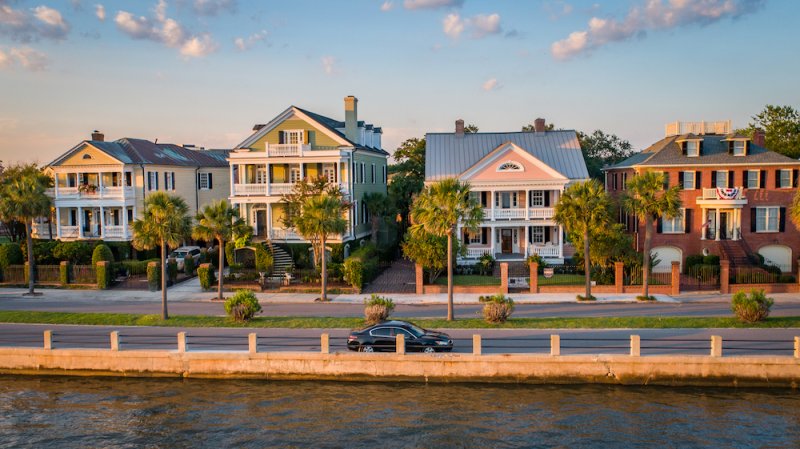
–Leize Gaillard, Realtor at William Means Real Estate
I’ve had a few prospective buyers and Charleston newcomers ask me about Charleston real estate terms, geographic locations, and other lingo that I often take for granted as being widely known and understood. To help those of you who may be curious, here are some terms to help you navigate Charleston real estate conversations.
“Downtown.” This term is used interchangeably to refer to (A) Anything on the Peninsula (above or below the Crosstown), (B) Anything below the Crosstown (aka the “Lower Peninsula”), or (C) Anything below Calhoun Street (aka “Historic Downtown Charleston”). All uses are correct, depending on the context.
“Historic Downtown Charleston.” Anything below Calhoun Street. Zip code is 29401. Made up by four neighborhoods – South of Broad, French Quarter, Harleston Village, and Ansonborough.
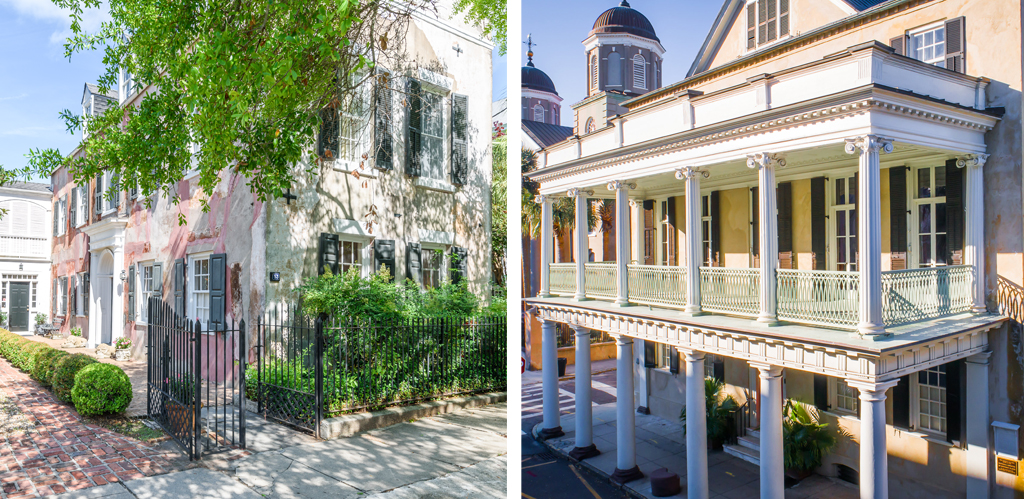
“Upper Peninsula.” In real estate/MLS, this is referred to as “Charleston Above the Crosstown.” Anything above the Crosstown until you get to the border of the City of North Charleston. Contains several residential neighborhoods and some growing commercial areas (restaurants, boutiques) with Hampton Park as a major landmark. Zip code is 29403. Neighborhoods include Hampton Park Terrace, Wagener Terrace, West Side, and North Central. The “Upper Peninsula” may also refer specifically to the primarily non-residential section of town above Mount Pleasant Street that parallels I-26.
“Lower Peninsula.” In real estate/MLS, this is referred to as “Charleston Below the Crosstown.” Anything below the Crosstown. Made up of the four Historic Downtown Charleston neighborhoods (zip code 29401) plus other neighborhoods (all zip code 29403): Elliottborough, Cannonborough, Mazyck-Wraggsborough, Eastside, and Radcliffeborough.
“The Battery.” The elevated battery on East Bay Street. May also be referred to as the “high Battery.”
“The low Battery.” The street level battery along Murray Boulevard. Extends from East Bay down to the Coast Guard station at Murray and Tradd.
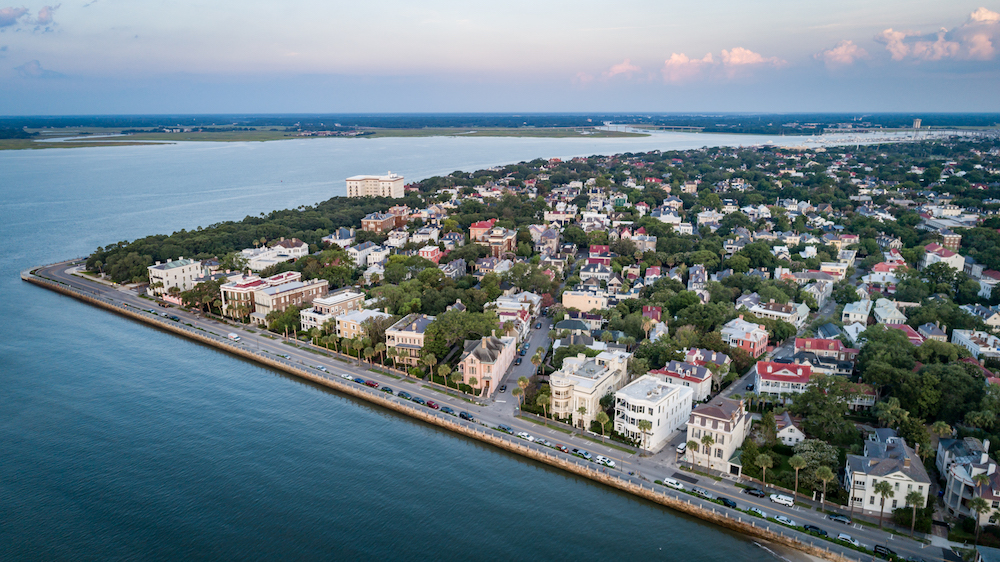
“King Street.” Usually refers specifically to King Street below Calhoun.
“Upper King.” King Street above Calhoun.
“Lower King.” Usually refers to the residential section of King Street below Broad (from Broad Street to the Battery).
“Lower Tradd.” Typically refers to Tradd east of Meeting Street.
“Lower Queen.” Typically refers to Queen east of Meeting Street.
“Lower Church.” Typically refers to the section of Church Street that is brick (from Water Street to South Battery).
“Charleston Single.” One of Charleston’s traditional and most iconic architectural styles, characterized by a narrow side (a “single” room wide) facing the street and a side entrance. If there is a piazza (side porch, usually accessible to the street), there may also be a street front door to the porch, and the main entrance will be accessible via the the porch. On the interior, the stairway will be found up the center of the home.
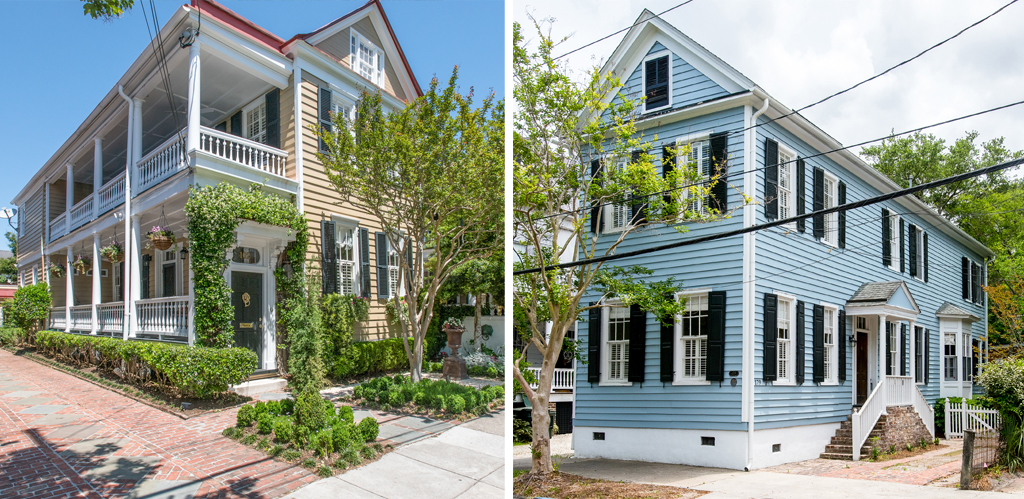
“BAR.” The City of Charleston’s Board of Architectural Review. Generally speaking, BAR approval is needed to make any changes to the exterior of a home that is visible from the public right-of-way.
“BZA-Z.” The City of Charleston’s Board of Zoning Appeals. This Board makes decisions regarding lot usage, lot coverage, building set backs, height restrictions, and parking requirements.
“In a flood zone.” Could mean one (or both) of two things: (1) The home is in a FEMA defined higher risk flood zone (AE or VE) where flood insurance is recommended and would be required if you have a mortgage on a home, and/or (2) The home is in an area prone to flooding. Note, not all homes “in a flood zone” are on streets or in areas where flooding is a noted issue. Most of the Charleston peninsula is in flood zone AE, though there are some very rare pockets of downtown where you can find flood zone X.
“Not in a flood zone.” This phrase is thrown around, but it’s a bit of a misnomer since technically everything is in a FEMA flood zone of some kind–low/moderate (X zone) or higher risk (AE or VE). That said, when people say a home is “not in a flood zone,” they usually mean that it is in flood zone X. While no one can guarantee that flooding will never be an issue, homes in flood zone X have the lowest risk of flooding.
“Easement.” In downtown Charleston, there are generally three types of easements you are likely to run across: (1) Exterior easements, (2) Interior easements, and (3) Access easements. While they do not exist on every historic home, exterior and interior easements are a useful historic preservation tool and, when in place on a particular home, are typically managed by Historic Charleston Foundation, The Preservation Society of Charleston, or similar preservation not-for-profit organizations. Exterior easements protect specific exterior features of a home (depending on the home and the details of the easement, it could apply to home color, architectural details, materials, landscaping, or other exterior features that may exceed BAR requirements). Interior easements are less common; when in place, these protect exceptional interior features of a home–most commonly trim, paneling, plaster, and other rare or significant historic details. Access easements are to allow home owners who share driveways or walkways to maintain rights for usage. The need for an access easement is rare; however, there are homes, particularly in the oldest parts of the city where one home is situated behind or extremely close to another, making an access easement the best way to minimize confusion or disputes regarding ingress/egress.
Visit charlestonrealestate.com to explore downtown properties for sale.
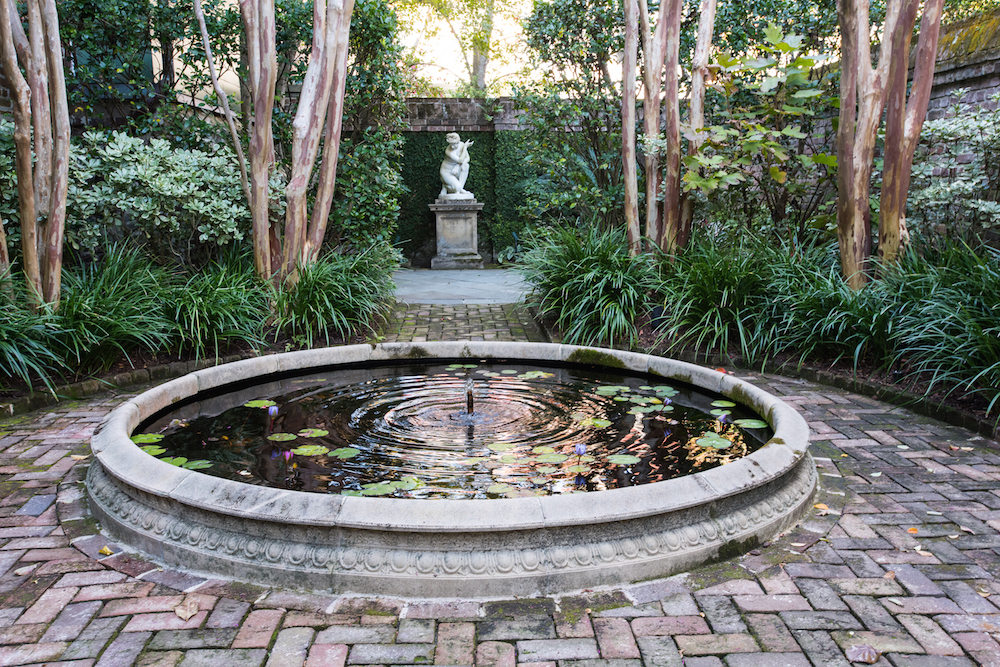
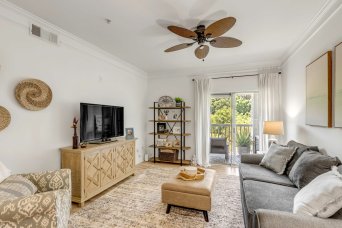
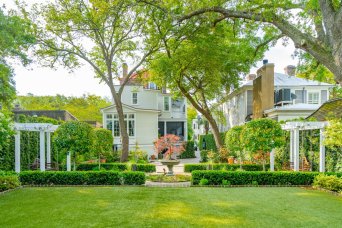
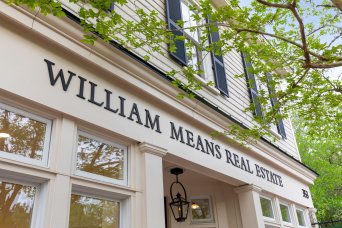
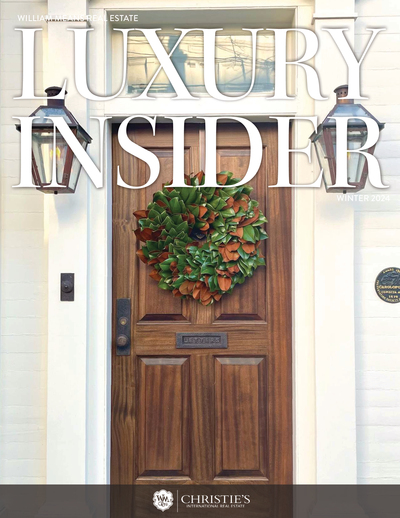
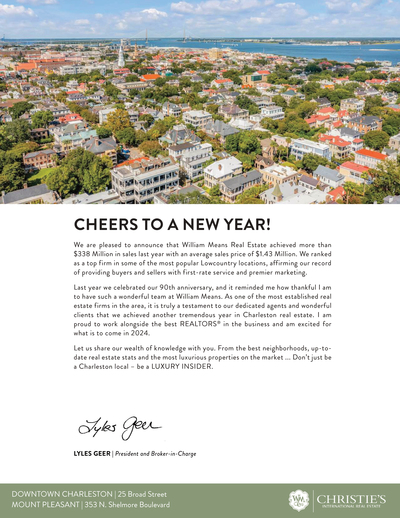
Leave a Reply